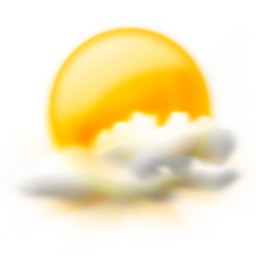The first round of discussions on possible changes took place in early January 2018, with a focus on auto trade and the continued opening of the Korean agricultural market.11 The second round of talks began at the end of the month, just a week after Trump announced protective tariffs on Korean washing machines and solar modules12 During this tense second round, the U.S. continued to push for a change in car sales in Korea. In the meantime, Korea has presented detailed proposals on reforming the investor-state dispute settlement (ISDS) mechanism and has expressed concerns about protective tariffs on washing machines and solar panels.13 • You can also request a preliminary ruling on HTS classification and other issues related to your import products. www.cbp.gov/trade/rulings No specific certificate is required for the U.S.-Korea Free Trade Agreement. The importer or the Korean Customs Service may ask you to provide information in support of a claim for preferential treatment. For more information on what needs to be registered, see the Free Trade Agreement on Certificates of Origin. Please note that the Korean Customs Service does not impose a specific certificate of origin under KORUS and there is no form or format required for the certificate of origin. U.S. exporters or producers should be advised that, as long as you provide the necessary elements to obtain certification, you do not have to use the Korean Customs Service`s Certificate of Origin or a form prescribed by the Korean government, although you are free to do so. • For information on customs import procedures from Korea, CBP has created a website and email address: www.cbp.gov/trade/free-trade-agreements/korea and fta@dhs.gov. In December 2010, the two sides agreed on a series of minor changes: U.S. Tariff reductions for passenger cars and light commercial vehicles were delayed for a few years, and Korea made changes to certain regulatory guidelines that would help U.S. automakers access the Korean market.6 These changes paved the way for ratification in both Korea and the United States, and the agreement entered into force on March 15, 20127.
Korean Customs traditionally requires more detailed documentation compared to U.S. Customs, a practice that acts as a non-tariff barrier to trade. == Customs and border management primarily controls animal suppliers 1 (direct suppliers of early OEMs) As long as certificates for producers exist further down the supply chain, the Korean Customs Service often requires much more documentation, including from suppliers far from Tier 3 level (raw material suppliers)33 The renegotiation of KORUS established a list of eight principles aimed at reducing This customs slowdown and calls for the creation of a 34 A free-form certification can be used by Korean producers and exporters as well as by US importers if it is confirmed that their products comply with the requirements of the Korean Free Trade Agreement. The Korean Free Trade Agreement (KORUS) entered into force on 15 March 2012. Most of Korea`s industrial and consumer products currently arrive in the U.S. duty-free and merchandise-free, and this figure will exceed 95% by 2016. Information for U.S. . . .


